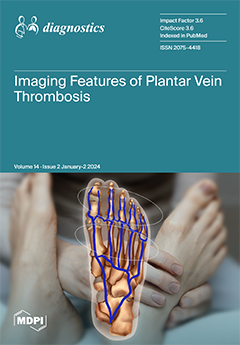Open AccessReview
Exceptional Liver Transplant Indications: Unveiling the Uncommon Landscape
by
Teodor Cabel, Cristina Madalina Pascu, Catalin Stefan Ghenea, Bogdan Florin Dumbrava, Deniz Gunsahin, Andreea Andrunache, Livia-Marieta Negoita, Afrodita Panaitescu, Ecaterina Mihaela Rinja, Christopher Pavel, Oana-Mihaela Plotogea, Madalina Stan-Ilie, Vasile Sandru and Mariana Mihaila
Viewed by 2683
Abstract
Liver transplantation represents the definitive intervention for various etiologies of liver failure and encompasses a spectrum of rare indications crucial to understanding the diverse landscape of end-stage liver disease, with significantly improved survival rates over the past three decades. Apart from commonly encountered
[...] Read more.
Liver transplantation represents the definitive intervention for various etiologies of liver failure and encompasses a spectrum of rare indications crucial to understanding the diverse landscape of end-stage liver disease, with significantly improved survival rates over the past three decades. Apart from commonly encountered liver transplant indications such as decompensated cirrhosis and liver cancer, several rare diseases can lead to transplantation. Recognition of these rare indications is essential, providing a lifeline to individuals facing complex liver disorders where conventional treatments fail. Collaborative efforts among healthcare experts lead not only to timely interventions but also to the continuous refinement of transplant protocols. This continued evolution in transplant medicine promises hope for those facing diverse and rare liver diseases, marking a paradigm shift in the landscape of liver disease management.
Full article






